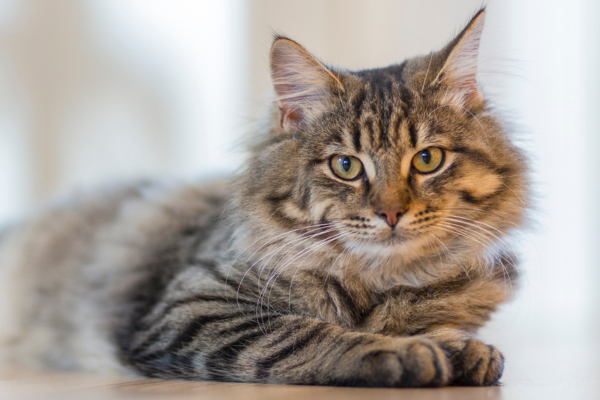
Academics have claimed new tables predicting life expectancy among the UK’s companion cat population can help owners to make the right decisions for their pets.
New research by the RVC and the National Chung Hsing University (NCHU) in Taiwan identified being above or below ideal bodyweight, entire and purebred as factors linked to shorter lifespans.
The analysis, which has been published in the Journal of Feline Medicine and Surgery, is believed to be the first of its kind for UK cats.
Milestone
Lead author Kendy Teng, assistant professor of animal welfare epidemiology at NCHU, said the paper was “a significant milestone in understanding the life of cats”.
Dr Teng added: “Knowing the expected lifespan of their cats, we’re not just raising awareness, we’re helping the owners to make positive decisions for their cats.”
The paper draws on the records of almost 8,000 cats that died between 1 January 2019 and 31 March 2021, and that were cared for at practices participating in the RVC’s VetCompass programme.
It found that while overall life expectancy at age 0 was 11.7 years, females were expected to live 1.33 years longer than males.
Longest livers
The data also indicated Burmese and Birman cats have the longest life expectancy at 14.4 years, with sphynx cats being the shortest at 6.8 years.
But the paper also highlighted significant gaps based around issues of bodyweight, breeding and neutering among cats which died after they were nine months old.
The researchers found that lifespan was reduced by 0.02 years for every 100 grams that an adult cat was either above or below the median adult weight for its breed and sex.
It also reported that neutered cats lived for an average of 1.07 years longer than their entire counterparts, while cross-breeds lived for 1.27 years longer than purebreds, after other covariates were accounted for.
Further research call
The authors called for further research into the mortality and morbidity of certain cat breeds, as well as wider feline health and welfare issues, acknowledging that their figures were likely to underestimate total life expectancy.
Around five in six of the cases analysed (83.7%) involved cats that had been euthanised, compared to just 12.4% which were known to have had an unassisted death. The remaining 3.9% had no such records.
The paper further conceded that the chances of cats dying before it was one year old were likely to be higher than between the ages of one and two years, contrary to the indications of its results.
Understanding
But it also argued: “These life tables can promote a better understanding of the typical life trajectory of cats and have practical applications for the veterinary profession to inform better on life expectancy to cat owners.”
Co-author Dan O’Neill, the RVC’s associate professor of companion animal epidemiology, added: “Since the early civilisation of man, predicting the future has been one of our greatest fascinations.
“These new life tables finally enable owners of cats to do just this and to predict the future life expectancy for their cats based on novel scientific methods and the power of big data.”
Credit to: New cat life expectancy research stats ‘will help owners’ (Vet Times)
Vet Times. (2023). New cat life expectancy research stats ‘will help owners’ [online]
Available at: https://www.vettimes.co.uk/news/new-cat-life-expectancy-research-stats-will-help-owners/






